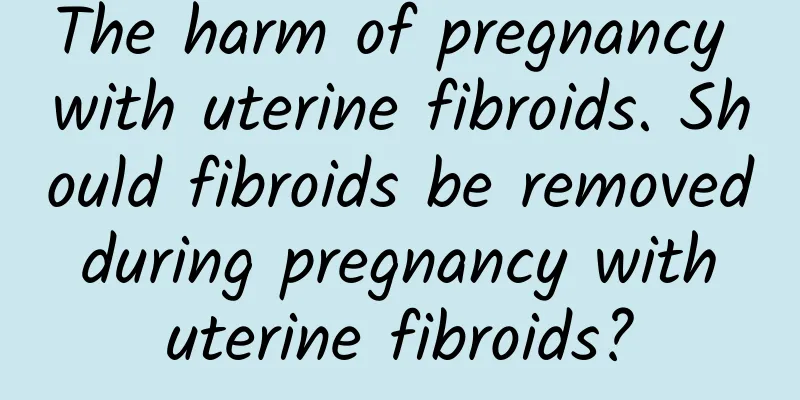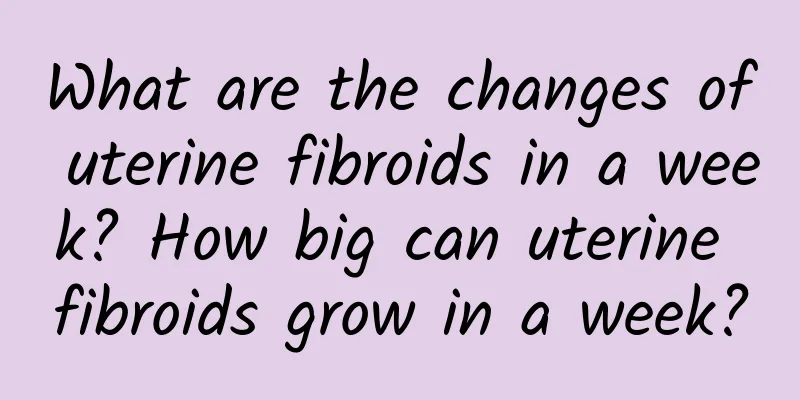What are the treatments for bacterial vaginosis?

|
Bacterial vaginosis can be treated with drugs such as metronidazole, clindamycin, tinidazole, chloramphenicol, and trichostatin. If symptoms persist or worsen, patients are advised to seek medical attention in a timely manner. 1. Metronidazole Metronidazole is taken orally or topically, and the specific dosage depends on the doctor's advice. Metronidazole can effectively inhibit the growth of anaerobic bacteria and kill both gram-negative and gram-positive bacteria, so it can be used as one of the treatment options for bacterial vaginitis. 2. Clindamycin Clindamycin is usually taken orally twice a day, and the course of treatment is based on the doctor's instructions. Clindamycin has antibacterial effects against a variety of Gram-positive bacteria, including Lactobacillus species that cause bacterial vaginosis. Its mechanism of action is to interfere with the bacterial protein synthesis process. 3. Tinidazole Tinidazole can be taken orally or intravenously, and must be prescribed by a doctor. It is a broad-spectrum antimicrobial drug that is effective against a wide range of bacteria, including anaerobic bacteria that cause bacterial vaginosis. 4. Chloramphenicol Chloramphenicol is mainly given to patients orally or intravenously. Chloramphenicol has a wide range of antibacterial activity and has a certain bactericidal effect on Gram-positive bacteria, Gram-negative bacteria and anaerobic bacteria, so it can be used to treat bacterial vaginitis. 5. Trichostatin Trichostatin is generally administered orally once a day, and the course of treatment is determined by the doctor based on the condition. Trichostatin is a natural antibiotic that can inhibit cell wall synthesis, thereby playing an antibacterial role. It is suitable for infections caused by sensitive strains, such as bacterial vaginitis. When using the above drugs, you should follow the doctor's instructions and complete the entire course of treatment to reduce the occurrence of drug resistance. At the same time, patients should pay attention to personal hygiene, avoid excessive washing, maintain the balance of vaginal microecology, and try to wear cotton underwear during non-menstrual periods to reduce local irritation and inflammation. |
<<: How to treat bacterial vaginosis
>>: What causes bacterial vaginosis?
Recommend
Jessica Simpson walks 10,000 steps and loses 30 kg
Jessica Simpson, an American singer and fashion d...
What is painless abortion? How much do you know about it?
Nowadays, there are more and more advertisements ...
What are the symptoms of uterine fibroids on the face? What are the symptoms of uterine fibroids on the face?
What are the symptoms of uterine fibroids on the ...
How to care for cervical warts in daily life
Cervical warts are a very serious disease. Genera...
Does Chinese medicine say that ovulation bleeding is a good thing?
In traditional Chinese medicine, ovulation bleedi...
Skinny people get thin by sleeping! These 5 tips will make you lose weight the more you sleep
Losing weight is so hard, it would be great if yo...
What are the early symptoms and examination methods of ovarian cysts?
The early symptoms of ovarian cysts are usually l...
At what age do uterine fibroids usually occur? At what age do uterine fibroids usually have the highest incidence rate?
At what age do uterine fibroids usually occur? At...
What is postmenopausal uterine fibroid disease? What are the symptoms of postmenopausal uterine fibroid disease?
What is postmenopausal uterine fibroid disease? W...
What are the most common types of vaginitis?
What are the common vaginitis? Vaginitis is the m...
Experts explain specific physical treatment methods for mild cervical erosion
Among the many methods for treating mild cervical...
How to treat cervicitis and ovarian cysts? Does surgery need to be performed?
We recommend that women seek timely treatment onc...
What are non-neoplastic ovarian cysts and what are the prevention tips?
What are non-neoplastic ovarian cysts? What are t...
How to diagnose miscarriage
Nowadays, it is quite common for young people to ...
Patients with cervicitis must combine their examination methods as soon as possible
In recent years, the incidence of cervicitis has ...









